- Category: Short History
- Read Time: 14 mins
- Hits: 79794
-
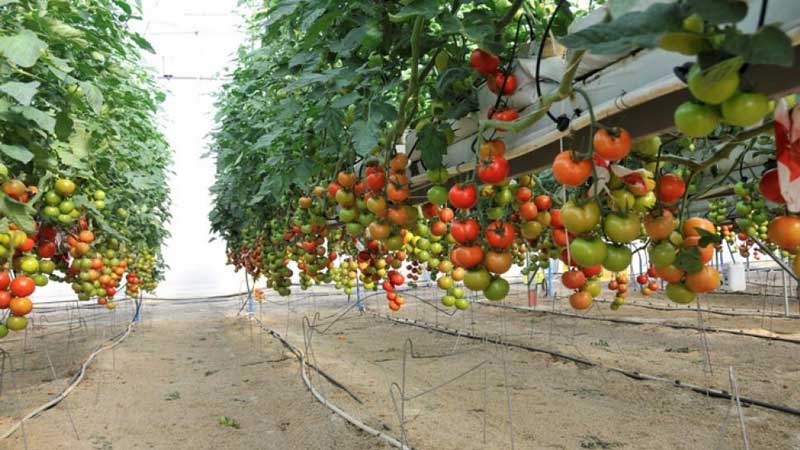 Tomate Canario
Tomate Canario -
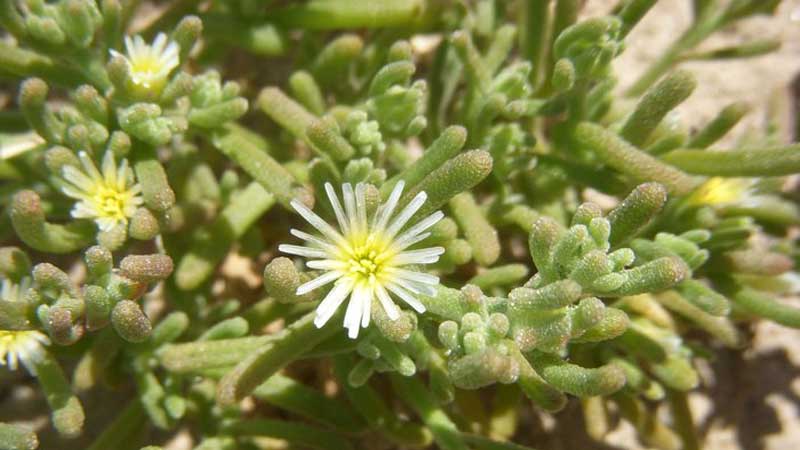 Cosco
Cosco -
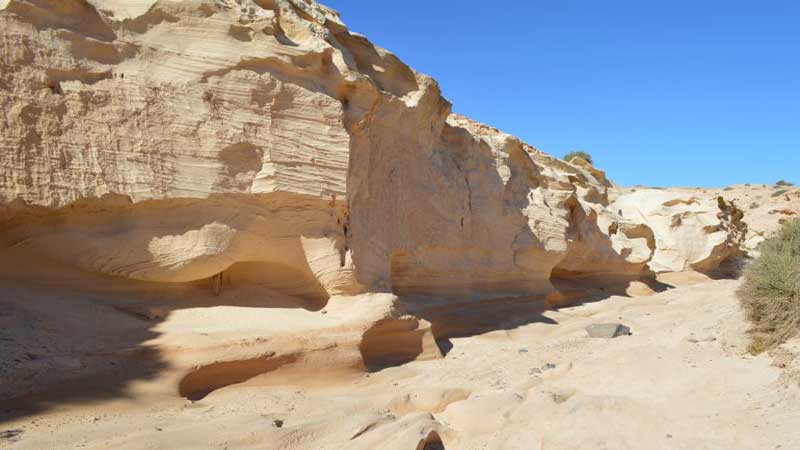 Old Dunes Lajares
Old Dunes Lajares -
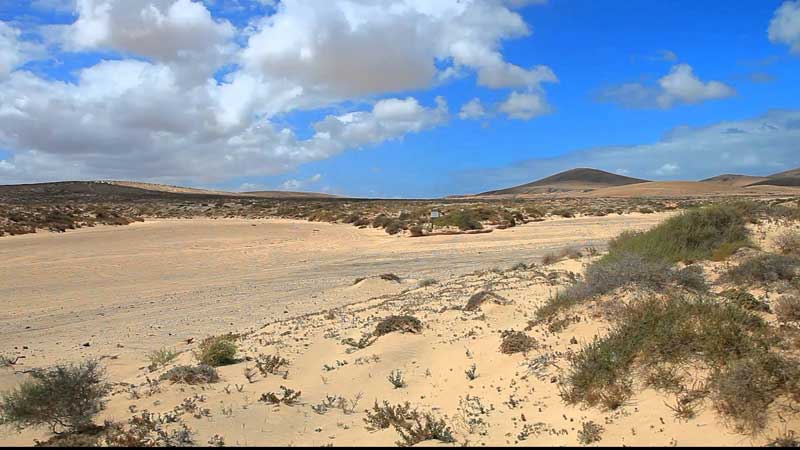 Dunes Lajares
Dunes Lajares -
 Fuerteventura New Land North
Fuerteventura New Land North -
 Gavias
Gavias -
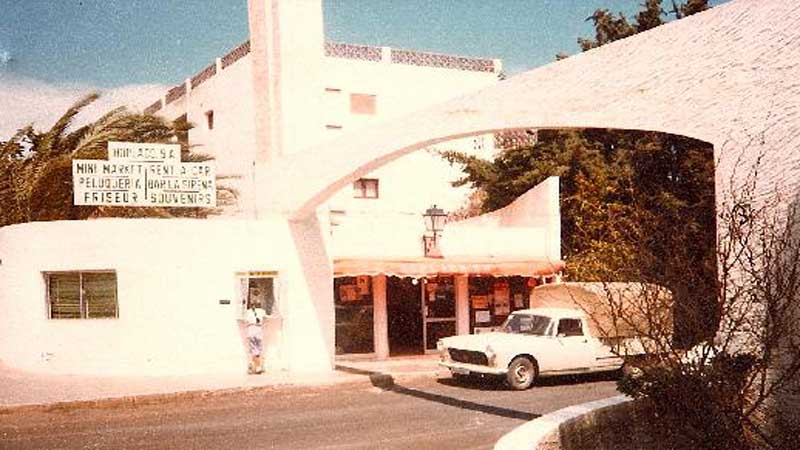 Hoplaco Corralejo
Hoplaco Corralejo -
 Horno de Cal
Horno de Cal -
 Horno de Cal 2
Horno de Cal 2 -
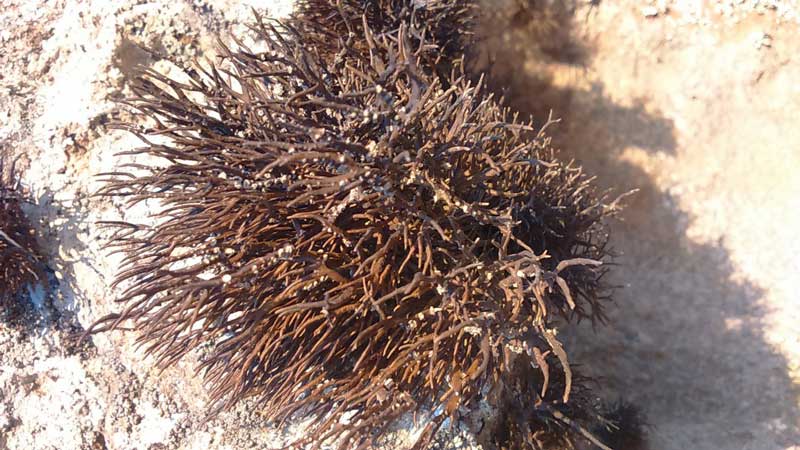 Orchilla 1
Orchilla 1 -
 Orchilla 2
Orchilla 2 -
 Pheniciens
Pheniciens -
 Pico de la Zarza
Pico de la Zarza -
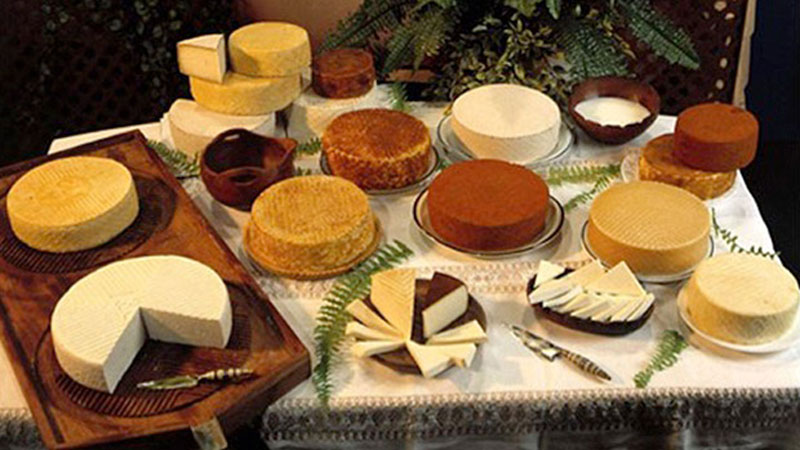 Queso de Cabra
Queso de Cabra -
 Cochinilla
Cochinilla -
 Cactus Garden
Cactus Garden -
 Cabra Majorera
Cabra Majorera -
 Montaña Arena
Montaña Arena -
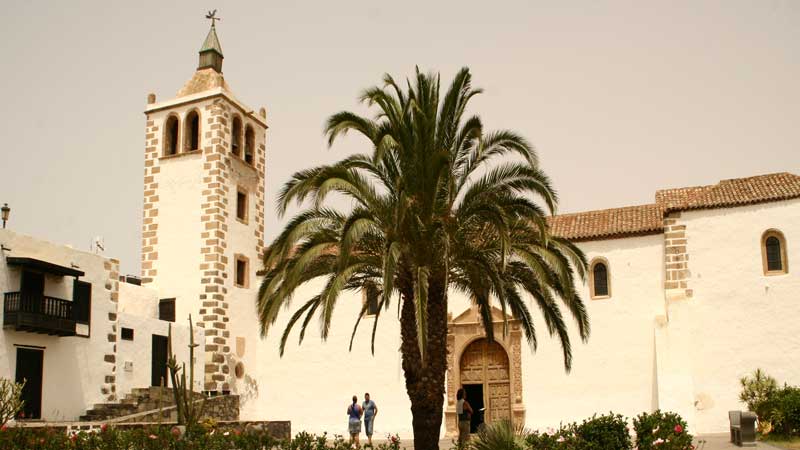 Betancuria
Betancuria -
 Guize & Ayose
Guize & Ayose -
 Landing of J. de Bethancourt
Landing of J. de Bethancourt -
 Majos
Majos -
 Montaña Cardón
Montaña Cardón -
 Jean de Bethancourt
Jean de Bethancourt -
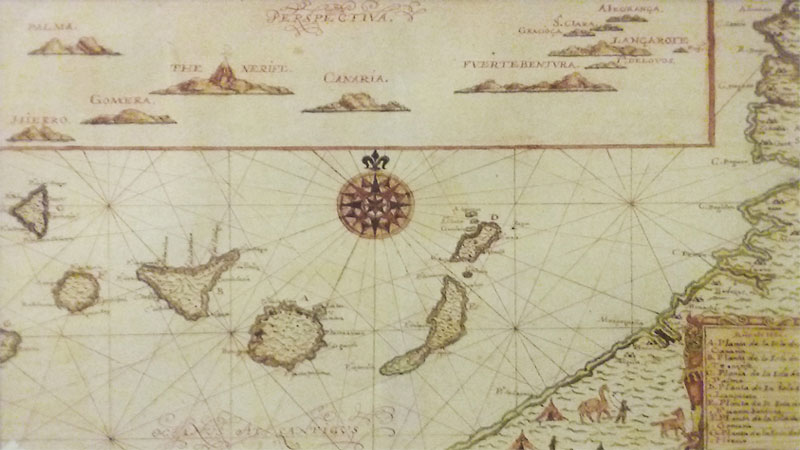 Historic Map
Historic Map -
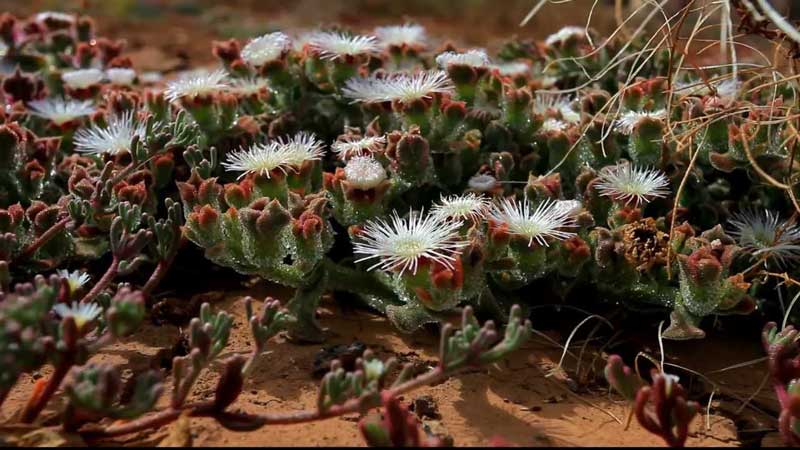 Barilla
Barilla -
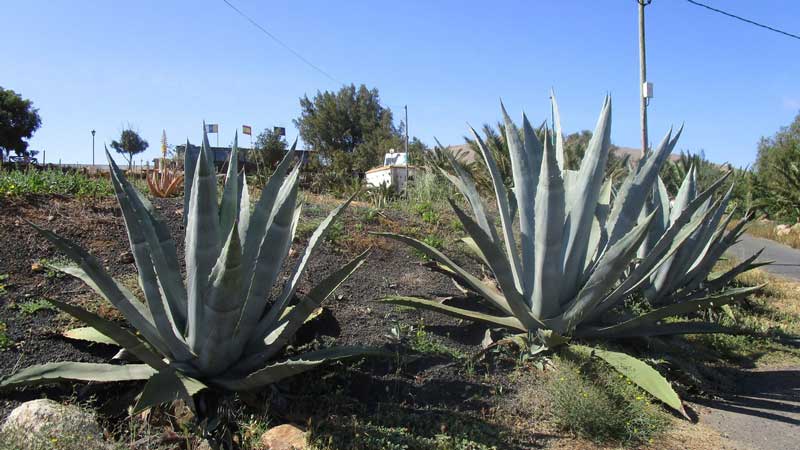 Agave
Agave -
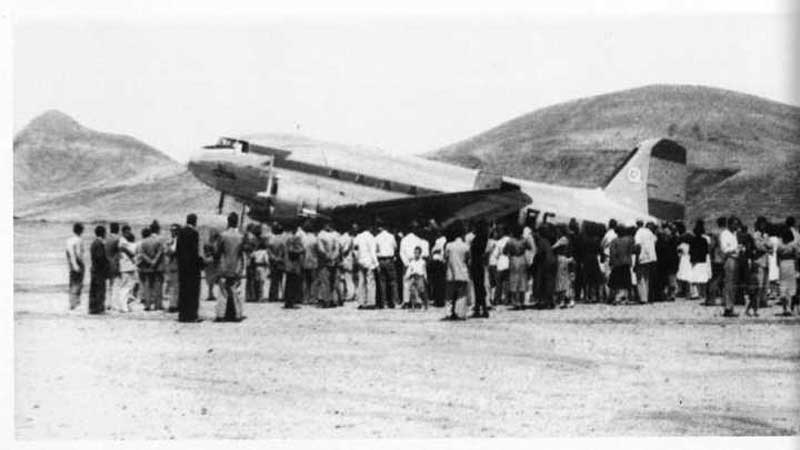 Airport Los Estancos 1952
Airport Los Estancos 1952 -
 Old Airport Los Estancos 3
Old Airport Los Estancos 3 -
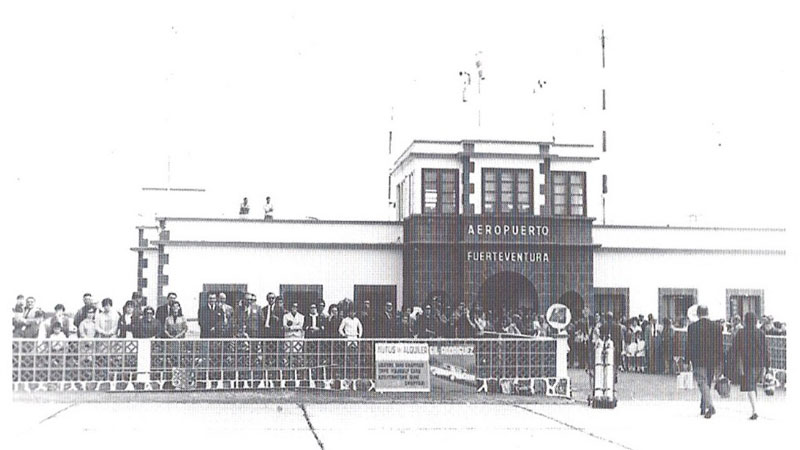 Old Airport Los Estancos 2
Old Airport Los Estancos 2




Fuerteventura is about 20 million years old and is the oldest formation of all Canary Islands. It is geographically twinned with Lanzarote as both are on the same plateau with only 40-50 metres of sea depth between them.
Fuerteventura, like all other Canary Islands, is of volcanic origin. The first eruptions were well below sea level and the formations were subsequently pushed up. These early eruptions show the typical gentle slopes of the Betancuria Massif. Later eruptions – above sea level – have the traditional “volcano-like” shapes. The latest eruption on Fuerteventura was in what is now La Oliva, about 5.000 years ago.
The first inhabitants of Fuerteventura are believed to be of North African origin but, according to recent genetic research, there were several immigrations of at least three types of human races. Significant exploration of the island began in the 15th century with Jean de Bethancourt and Gadifer de la Salle.
Fuerteventura – at that time only the North – was developed for tourism as from the early 1970´s. The South followed about 10 years later.
